In defense of flowers; heart and soul vs. intellect
woodyoak zone 5 southern Ont., Canada
16 years ago
Related Stories
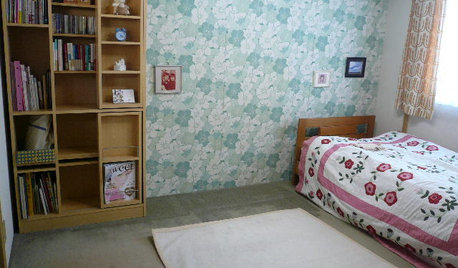
BOOKSCan Tidying Up Result in Life-Changing Magic?
Organizing phenom Marie Kondo promises big results — if you embrace enormous changes and tough choices
Full Story
WINTER GARDENING6 Reasons I’m Not Looking Forward to Spring
Not kicking up your heels anticipating rushes of spring color and garden catalogs? You’re not alone
Full Story
FALL GARDENINGReflecting on a Gardening Year
Mistakes and successes, surprises and comforts. The garden helps us grow in new ways every year
Full Story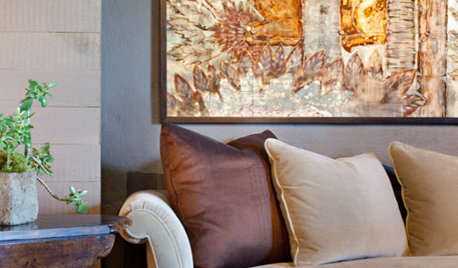
DECORATING GUIDES13 Home Design and Decor Trends to Watch for in 2013
It's predictions ahead as we find out what's on the radar of designers and makers for the coming year
Full Story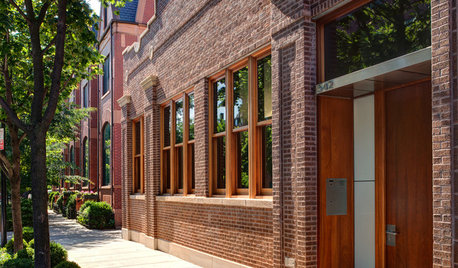
HOUZZ TOURSHouzz Tour: A Three-Story Barn Becomes a Modern-Home Beauty
With more than 9,000 square feet, an expansive courtyard and a few previous uses, this modern Chicago home isn't short on space — or history
Full Story
LIFEDecluttering — How to Get the Help You Need
Don't worry if you can't shed stuff and organize alone; help is at your disposal
Full Story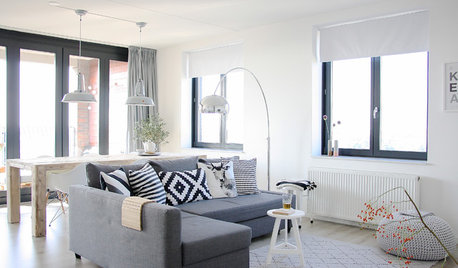
HOUZZ TOURSMy Houzz: Parents-to-Be Whip Up an Apartment Overhaul, Hold the Color
Scandinavian style mixes with a minimalist palette to create a soothing, clutter-free interior for this new family's Netherlands rental
Full Story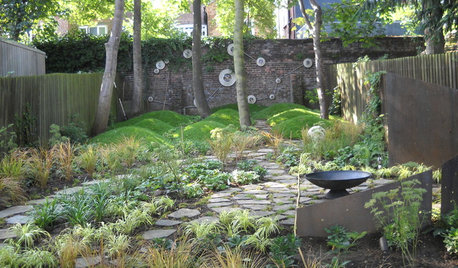
LANDSCAPE DESIGNStars and Myths Inspire a Contemporary London Garden
A sinuously snaking path, tiles like dragon skin and a triad of stone apples give a British garden an air of enchantment
Full Story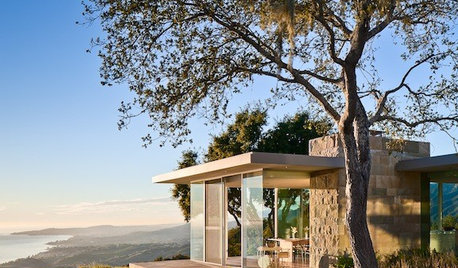
LANDSCAPE DESIGNLiving on the Edge of the Wild
When Mother Nature is your neighbor, the possibilities — and responsibilities — can be that much greater
Full Story



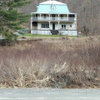


duluthinbloomz4
laag
Related Discussions
Shurb Rose VS Hybird Tea Rose
Q
POLL: Susan G. Komen vs Planned Parenthood
Q
Building vs. Remodeling
Q
Landscaping vs Collecting
Q
gardengal48 (PNW Z8/9)
wellspring
woodyoak zone 5 southern Ont., CanadaOriginal Author
catkim
catkim
woodyoak zone 5 southern Ont., CanadaOriginal Author
karinl
karinl
maro
karinl
Saypoint zone 6 CT
woodyoak zone 5 southern Ont., CanadaOriginal Author
pls8xx
laag
inkognito
irene_dsc
laag
tibs
inkognito
karinl
woodyoak zone 5 southern Ont., CanadaOriginal Author
laag
pls8xx
Saypoint zone 6 CT
rhodium
ironbelly1
karinl
woodyoak zone 5 southern Ont., CanadaOriginal Author
inkognito
Saypoint zone 6 CT
gardengal48 (PNW Z8/9)
laag
woodyoak zone 5 southern Ont., CanadaOriginal Author
gardengal48 (PNW Z8/9)
rhodium
woodyoak zone 5 southern Ont., CanadaOriginal Author
wellspring
Saypoint zone 6 CT
catkim
bahia
woodyoak zone 5 southern Ont., CanadaOriginal Author
bahia
woodyoak zone 5 southern Ont., CanadaOriginal Author
Frankie_in_zone_7